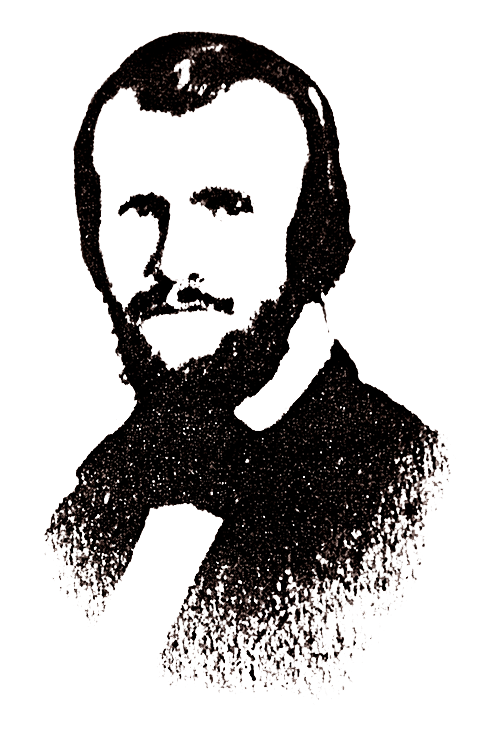James McClintock and Baxter Watson were in the steam gauge manufacturing business in New Orleans and locally noted for their talent in engineering and design. By late fall of 1861, these two inventors began the construction of a three-man underwater boat. During the early phases of construction another Louisiana gentleman eagerly joined McClintock and Watson in their underwater venture.
His name was Horace L. Hunley. Hunley was born in 1823 in Sumner, Tennessee. He would eventually walk many paths in his life: Deputy Collector of Customs in New Orleans, State Legislator for the state of Louisiana, lawyer, merchant, a successful Southern planter and most notably, submarine innovator and financier.
Hunley recognized the importance of breaking the Union blockade and keeping supply lines open to the South. The small band of Confederates began work on a new approach to naval warfare, one that took the fight below the water’s surface. This quest became a process of innovation and evolution.
Working with Hunley and Watson, McClintock developed two prototype submarines, the Pioneer and the American Diver. Improving the concept each time, they finally had success with the creation of the Hunley, a weapon that would forever change naval warfare.




